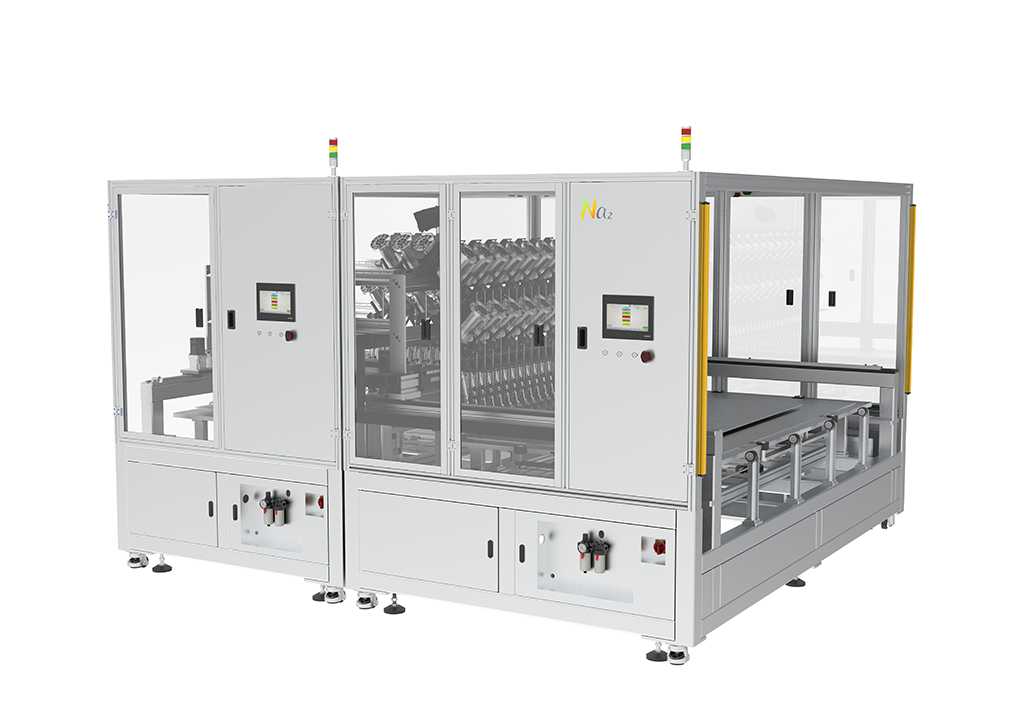Components of solar photovoltaic power generation:
1、 The main function of solar cells is to generate electricity. The mainstream in the power generation market are crystalline silicon solar cells and thin-film solar cells, each with its own advantages and disadvantages. Crystalline silicon solar cells have relatively low equipment costs, but high consumption and cell costs, but also high photoelectric conversion efficiency. Thin film solar cells are more suitable for outdoor sunlight power generation, with relatively high equipment costs but low consumption and cell costs. However, the photoelectric conversion efficiency is more than half of that of crystalline silicon solar cells, but the weak light effect is very good, and can also generate electricity under ordinary lighting. Just like a solar calculator.
2、 Inverters, also known as power regulators, can be divided into two types based on their use in photovoltaic power generation systems: independent power supply and grid connected. According to the waveform modulation method, it can be further divided into square wave inverters, step wave inverters, sine wave inverters, and combined three-phase inverters. For inverters used in grid connected systems, they can be divided into transformer type inverters and transformer free inverters based on the presence or absence of transformers.
Photovoltaic power generation application field:
1. Solar power supply for users: (1) Small power sources ranging from 10-100W are used for military and civilian daily electricity in remote areas without electricity, such as plateaus, islands, pastoral areas, border outposts, etc., such as lighting, televisions, recorders, etc; (2) 3-5KW household roof grid connected power generation system; (3) Photovoltaic water pump: solves the problem of drinking and irrigation in deep water wells in areas without electricity.
2. Transportation field: such as navigation lights, traffic/railway signal lights, traffic warning/sign lights, Yuxiang street lights, high-altitude obstacle lights, highway/railway wireless telephone booths, unmanned road power supply, etc.
3. Communication/Communication field: Solar unmanned microwave relay stations, optical cable maintenance stations, broadcasting/communication/paging power supply systems; Rural carrier telephone photovoltaic system, small communication machine, soldier GPS power supply, etc.
4. In the fields of oil, ocean, and meteorology: cathodic protection solar power supply systems for oil pipelines and reservoir gates, domestic and emergency power supply for oil drilling platforms, ocean detection equipment, meteorological/hydrological observation equipment, etc.
5. Lighting power supply: such as courtyard lights, street lights, portable lights, camping lights, mountaineering lights, fishing lights, black light lights, rubber cutting lights, energy-saving lights, etc.
6. Photovoltaic power stations: 10KW-50MW independent photovoltaic power stations, wind solar (diesel) complementary power stations, various large parking and
 charging stations, etc.
charging stations, etc.
7. Solar powered buildings: Combining solar power generation with building materials to achieve self-sufficiency in electricity for future large-scale buildings is a major development direction.
8. Other fields include: (1) matching with automobiles: solar powered cars/electric vehicles, battery charging equipment, car air conditioning, ventilation fans, cold drink boxes, etc; (2) Renewable power generation system for solar hydrogen production and fuel cells; (3) Power supply for seawater desalination equipment; (4) Satellites, spacecraft, space solar power plants, etc.